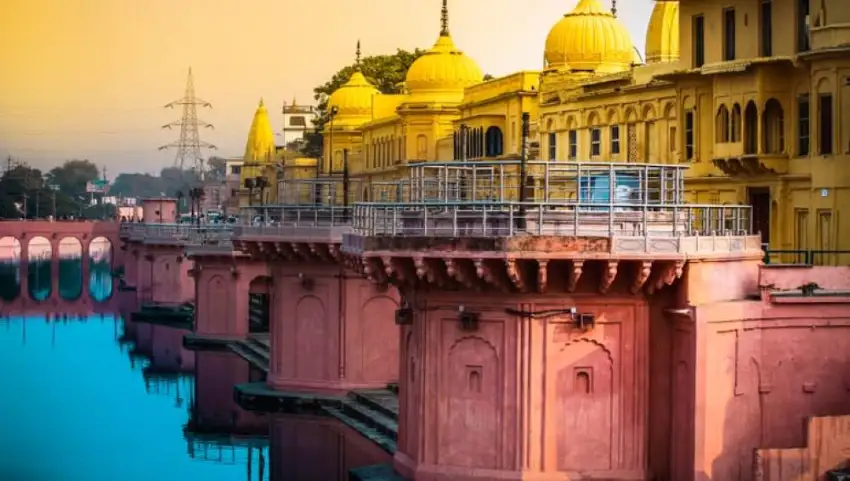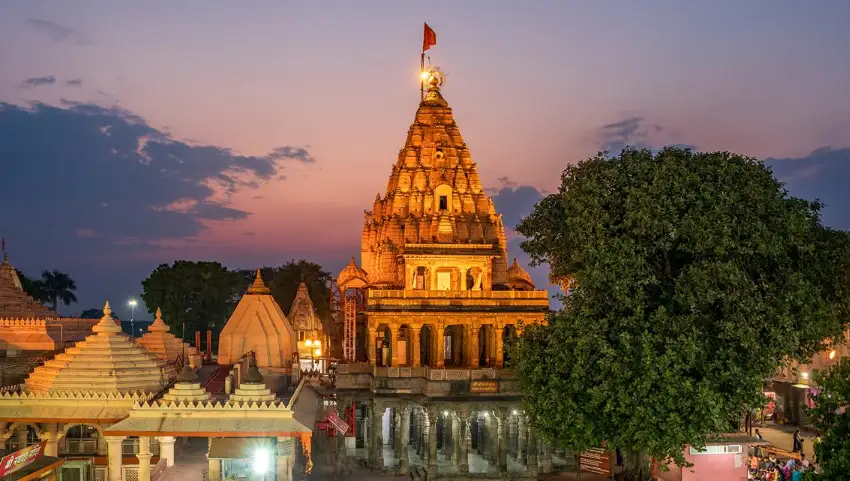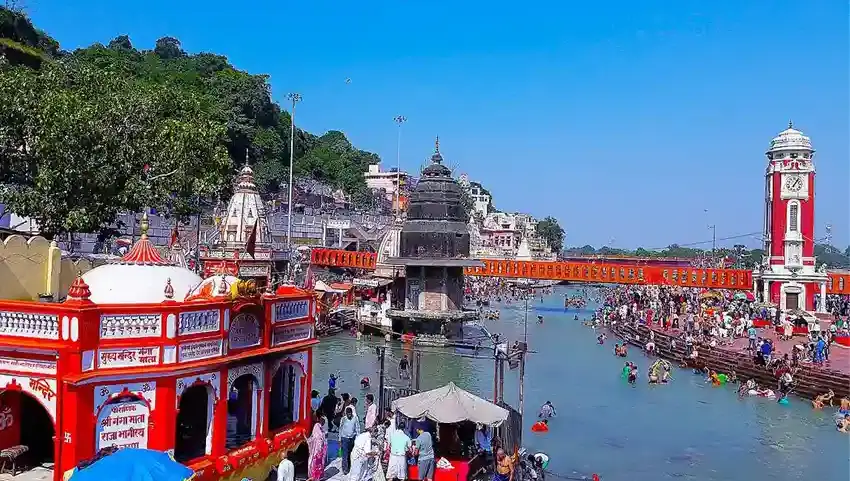
Treta ke Thakur Ayodhya Temple
Through this article, let's delve into the Temple’s history, discover its intricate architecture, discuss entry details, and shed light on the captivating rituals and aarti ceremonies that make this Temple a must-visit place.
History of Treta ke Thakur
The roots of Treta ke Thakur Temple in Ayodhya are intertwined with the mythical era of Treta Yuga, an age when Lord Rama graced the earth with his divine presence. As per the ancient legends, the Temple is believed to have been established at the very spot where Lord Rama performed the Ashwamedha Yajna. This sacred act was the most critical moment in Ramayana, marking the culmination of Lord Rama’s victorious return to Ayodhya after defeating the demon king Ravana.Over the centuries, this ancient Temple underwent various renovations and enhancements, each contributing to its present grandeur. The fine architect still reflects the harmonious blend of ancient aesthetics and modern art, preserving the sanctity of the site.
Timings in the Temple
To facilitate spiritual seekers and devotees, Treta Ke Thakur Ayodhya temple opens its door at 6:00 AM and remains accessible until 8:00 PM every day. The timings provide ample opportunities for travellers to soak in the divine bliss, partake in rituals and connect with the profound spirituality that emanates from the Temple.Entry Fee to visit the Temple
Visiting the temple is like seeking the blessings of the god who helps everyone heal themselves. The Temple believes in the principles of inclusivity, and therefore, no entry fee for devotees and visitors is charged. The management encourages people from different walks of life to experience the divine energy and cultural richness that the Temple exudes.Location
Located in the heart of Ayodhya, Treta ke Thakur Temple is easily accessible. The Temple’s central location allows pilgrims and tourists alike to discover other significant sites in Ayodhya most comfortable.Aarti ceremony at the Temple
The soul-soothing aarti ceremonies on temple premises add a celestial touch to the religious atmosphere. Pilgrims flock here to witness the divine ceremony, offering prayers and experiencing a profound connection with the deities. The Temple conducts four aarti sessions throughout the day, each characterized by its ambience and faith.- Morning Aarti (6:30 AM) The day begins with the melodious tunes of hymns and the fragrance of incense as the morning aarti commences. Pilgrims gather here to seek the blessings of the deities and begin the day with spiritual bliss.
- Noon Aarti (12:00 PM): As the sun reaches its zenith, the Temple resonates with the sounds of chants and bells. The session serves as a mid-day spiritual retreat, allowing visitors to pause and reflect on their journey with the Temple’s sacred precincts.
- Evening Aarti (6:00 PM) As the day draws to a close, the Temple comes alive with the vibrance of colourful lamps and the resonating echoes of the evening aarti ceremony. Pilgrims gather once again to witness the divine spectacle and pray to God.
- Night Aarti (7:30 PM) The night aarti at Treta Ke Thakur Temple creates a serene atmosphere, attracting devotees to conclude their day peacefully.
Tips to visit the Temple
The Temple is open from early morning to evening, and there are special ceremonies taking place during the day.Wear simple and respectful attire when you like.
Please take pictures of its architecture and remember to keep a quiet and respectful atmosphere.
If you want to learn about the Temple and its stories, hiring a local Ayodhya tour guide is a perfect idea.






























